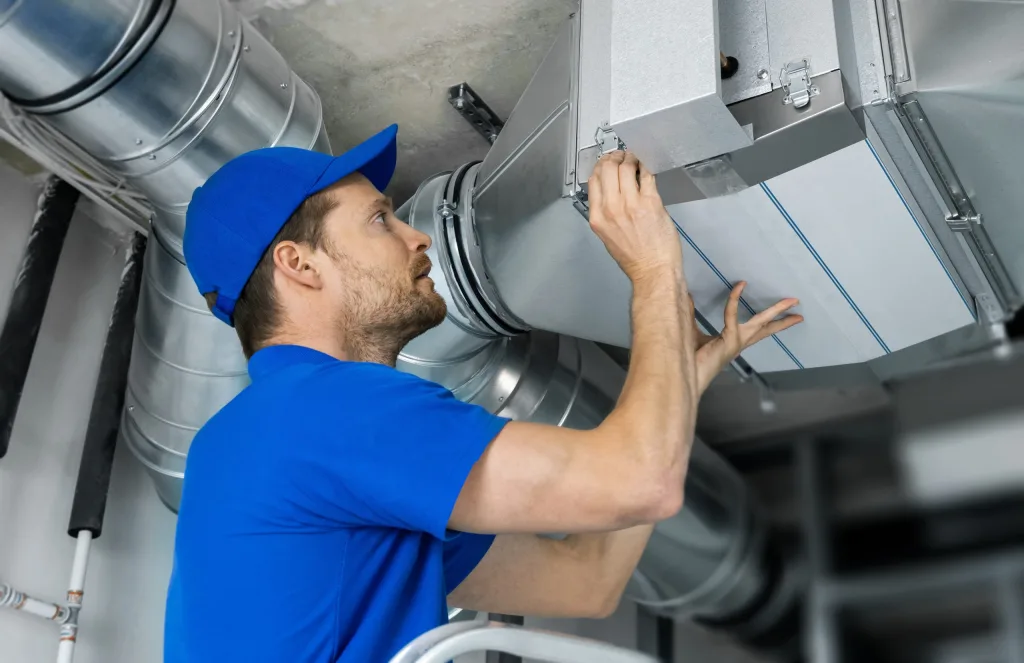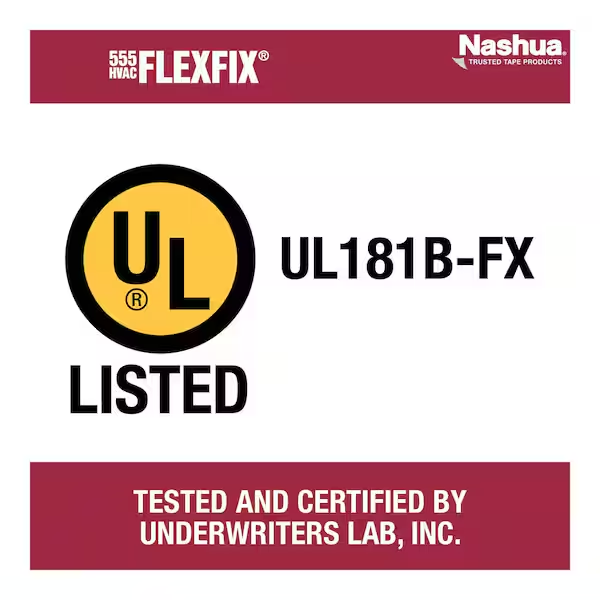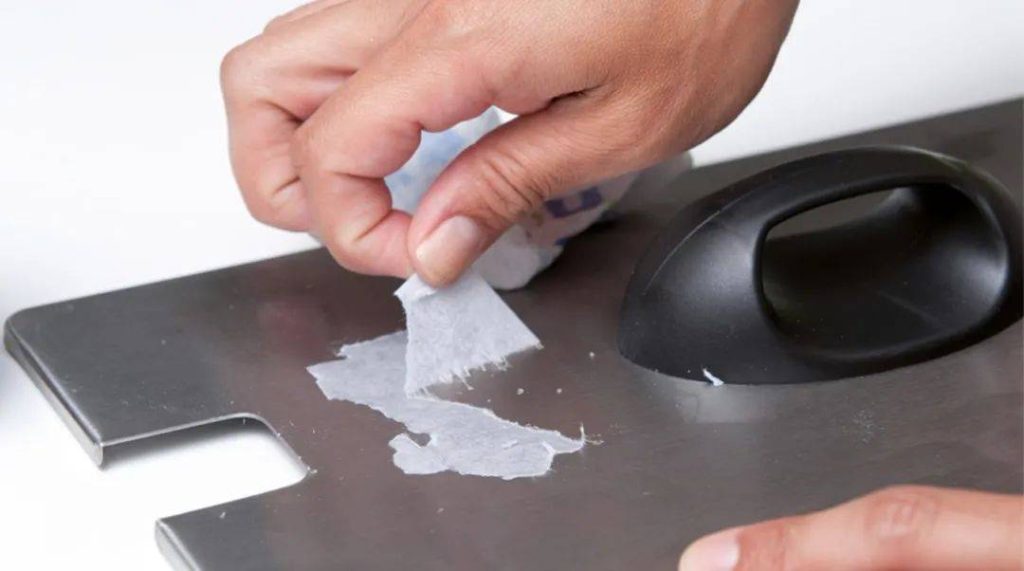Did you know that using the wrong type of tape on your HVAC system could lead to energy inefficiency and costly repairs? When it comes to sealing ducts, not all tapes are created equal. This article will explore special considerations for HVAC tape, including its unique properties, applications, and compliance requirements. By understanding these critical factors, you can ensure optimal performance in your heating and cooling systems while avoiding potential pitfalls.
1. Why Can’t I Use General Purpose Duct Tape on HVAC Ductwork?
Duct tape is useful for repairing just about anything, but ironically, not for ducts.
You might think that duct tape is the ultimate solution to all your sealing needs, but that could not be further from the truth when it comes to HVAC applications. Despite its name, general-purpose duct tape was never designed for use in HVAC ductwork. The adhesive used in conventional duct tape simply cannot endure the temperature fluctuations and environmental conditions present in an HVAC system.
Using regular duct tape can lead to disastrous results. As temperatures change, the adhesive is likely to degrade, causing the tape to flag and fail. This results in leaks that can significantly reduce your HVAC system’s efficiency. According to the U.S. Department of Energy, improperly sealed ducts can lead to energy losses of up to 30% in some cases, inflating your heating and cooling costs dramatically.
For these reasons, HVAC professionals recommend using specialized HVAC tape, which is explicitly designed for such applications. This type of tape often comes with packaging indicating its approval for HVAC use and might feature a printed backing demonstrating compliance with industry standards. The benefits of HVAC-specific tape include a strong hold on rough or dirty surfaces, easy tear-ability, and long-lasting performance.

2. How is Tape Used in HVAC Work?
HVAC tape serves multiple critical roles in system maintenance and installation.
HVAC professionals utilize tape for various essential functions, which ensure the efficiency and effectiveness of heating and cooling systems. Here’s a closer look at how HVAC tape is used:
1. Seaming and sealing joints and connections on ductwork to prevent air leaks.
2. Providing additional sealing in mechanical connections, where a tape may not qualify as a mechanical connector.
3. Sealing and securing insulation wrap on ductwork, maintaining temperature control and energy efficiency.
3. Why Are HVAC Tapes Printable?
Printability is crucial for ensuring compliance with codes and standards.
One of the unique features of HVAC tape is its printability, providing valuable information directly on the tape. This characteristic is vital in the HVAC sector, where compliance with codes is paramount. Inspectors must quickly verify whether the materials used in sealing meet the necessary standards during HVAC system inspections.
Most UL-listed HVAC tapes come equipped with a UL code and manufacturer’s file number printed on the backing. This coding allows inspectors and contractors to readily confirm compliance with UL performance requirements. The information found on printed tapes is crucial not only for inspectors but also for homeowners and contractors.
For instance, if a homeowner does not see a UL listing on the tape used for their HVAC installation, they should be cautious. This absence might indicate that the wrong tape has been used, potentially risking the system’s integrity. For HVAC professionals, printed tapes make it simple to identify UL-listed tapes, allowing for quicker inspections and peace of mind regarding performance under various conditions.

4. Why Do Some HVAC Tapes Have Red Print on Them?
Red print usually signifies UL-listed tapes but requires verification.
When it comes to HVAC tape, you may observe that some varieties have red print on them. This often indicates that the tape meets UL standards; however, it’s essential to read the details on the tape to confirm this. Not every tape featuring red print is necessarily UL-approved.
The red print carries important information that is visible once the packaging has been removed. This information could include details about which UL listing(s) the tape meets and the applicable temperature ranges. For installers, this print serves as a reliable means to ensure that the appropriate tape is being used, particularly in cases where specific codes must be adhered to.
For inspectors, the red print offers a quick visual marker indicating that the correct tape is in place. This practice helps in quickly assessing whether the project meets building codes and safety standards, contributing to the overall efficacy of HVAC installations.
Related article: Debunking the myths of HVAC tape.
5. How to Choose the Right HVAC Tape for the Best Results
UL listings help identify which HVAC tape is needed for every job.
Selecting the right HVAC tape is crucial for optimal performance and compliance with industry standards. In fact, using the correct type of HVAC tape can significantly enhance system performance, ensuring a fully closed system, which is the goal for all HVAC maintenance and installation work. Here’s a quick guide on what to look for when choosing HVAC tape:
UL Listings: HVAC tape can be easily identified by the UL Mark. You can check for UL listings in two ways: by examining unopened packaging or looking on the film or core label if the tape has already been opened.
There are two prominent UL listings to consider, each relevant to different surface types:
Rigid Ducts: For rigid ducts, UL 181A-P is the standard. To be classified under UL 181A-P, HVAC tapes must:
Have a minimum width of at least 2.5 inches
Be made of aluminum alloy foil or aluminum
Include a release liner
On the other hand, to achieve certification of UL 181B-FX, the tape must:
Be composed of foil, film, or cloth
Have a maximum width of 1.88 inches
Choosing the right tape is imperative before beginning any HVAC project. Selecting an improper standard tape can lead to HVAC system problems, causing tape failure or even code violations, which can be costly in both time and money.
Conclusion
Understanding the unique aspects of HVAC tape is essential for anyone involved in maintaining or installing heating and cooling systems. Using the right tape not only enhances the performance of your HVAC system but also ensures compliance with industry standards, safeguarding both your comfort and financial investment.
At Fonitaniya, we take pride in being a leading adhesive solution provider for over 15 years. We continually innovate our HVAC tape offerings to meet the evolving needs of our customers. Our dedication to quality guarantees you’ll find the right tape for any HVAC application, ensuring system efficiency and loangevity.
FAQs
What is HVAC tape made of?
HVAC tape typically consists of materials like aluminum, cloth, or film specifically designed for sealing ductwork.
Can I use HVAC tape for insulation?
Yes, HVAC tape is ideal for sealing and insulating ductwork to enhance energy efficiency.
What makes HVAC tape different from regular tape?
HVAC tape is specially designed to withstand temperature changes and provide a secure seal in heating and cooling systems.
How do I know if I need UL-listed tape?
Check local building codes, as many require UL-listed tape to ensure compliance with safety and efficiency standards.




